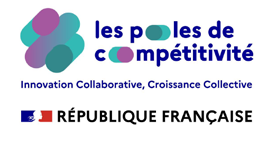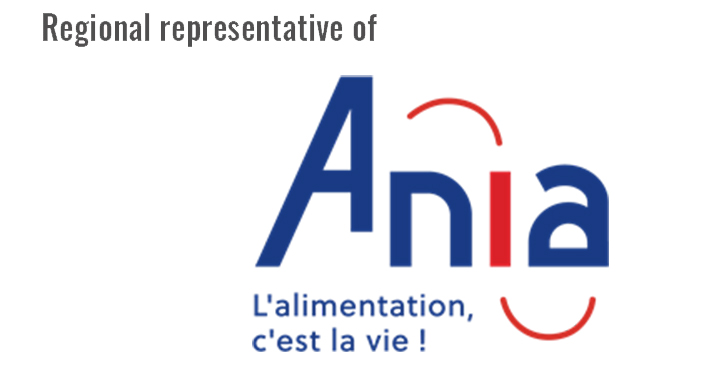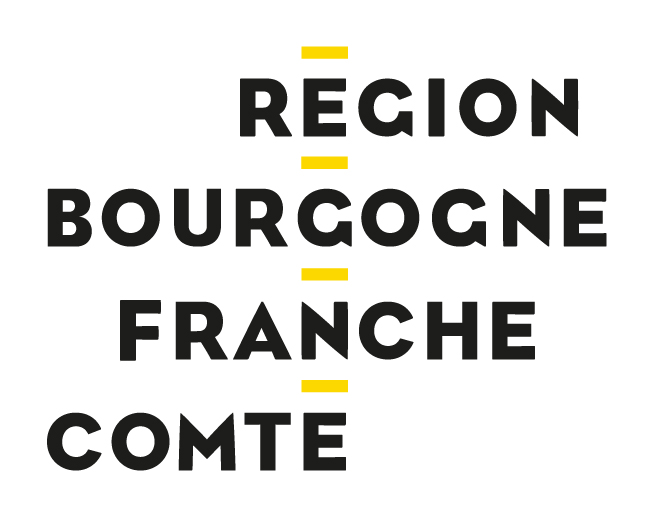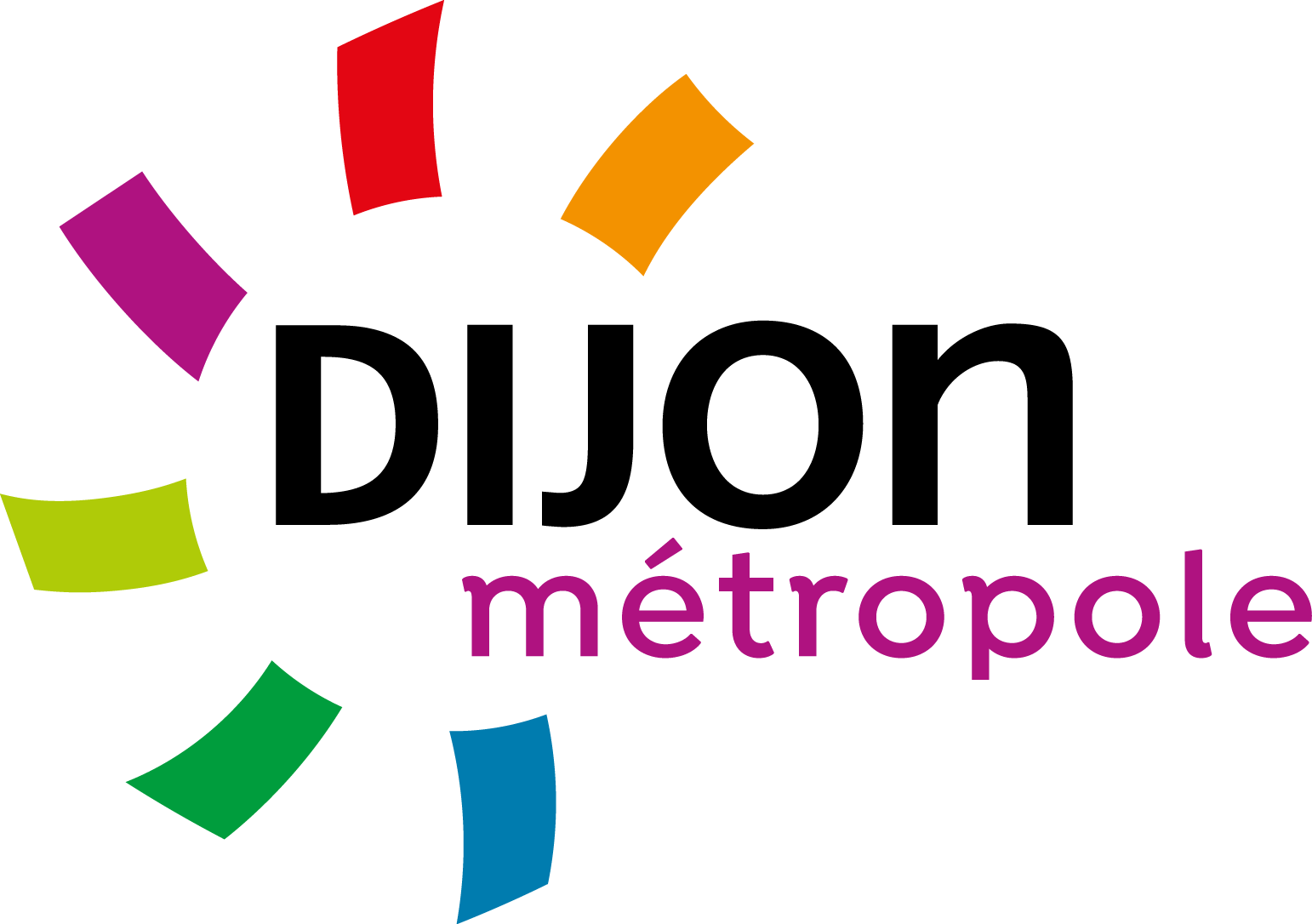19 Jul 2019
Sensory analysis and statistics to understand your consumers

How do we know if a product will be appreciated by consumers? What target segment should you choose when you launch a product? Sensory analysis and statistics offer relevant methods to identify both the characteristics of a product and consumer acceptability. What are the possible applications for the food industry? How to use the results?
What interest for agri-food business?
- How is your product perceived? This is essential for identifying strengths and weaknesses and any areas of improvement.
- What kind of consumer is likely to buy your product? Sensory analysis helps to identify the right profile.
- Results of sensory analysis help to improve tested products, to target a consumer profile, to evaluate the competition, or to estimate the chances of success.
How is my product doing compared with my competitors’? How is my product perceived? How do my competitors operate? How could I improve my product? What kind of consumers like my product? Which one of my prototypes will be the most successful on the market? And why? These are frequent questions in the agri-food sector, for which sensory analysis and statistics can provide many answers.
Sensory analysis is a toolbox helping to evaluate the perception of a human being (sight, hearing, smell, taste, feel) of a product. In addition to those aspects of perception, psychology has a role to play, in terms of experience, environment, and consumer mood.
Collecting a huge amount of data from consumers has no sense if it is not properly analysed. This is what statistics are here for. Identifing trends, interesting characteristics, unlocking meaningful data, correctly interpreting the results, helping to make decisions: statistics are essential in any analytical process.
The cosmetics and the car industries have been pioneers in statistics, but what are the current applications in the food industry? Eric Teillet, director of science and statistics at Senstosat, tells us a little more about sensory and statistical analysis dedicated to the food industry.
Eric Teillet
A passion for both statistics and sensory analysis
Eric Teillet is a graduate of an agri-food engineering school (ONIRIS, Nantes), where he was introduced to sensory analysis. He next majored in applied statistics though a masters degree. He worked on statistics for the French Institute of Oil, then he joined the Centre of Sciences of Taste and Food in Dijon (CSGA)* to do a thesis on the taste of water.
Next, he join a Paris agri-food engineering school (AgroParistech) as a lecturer before partnereding with Christine Urbano (a researcher in sensory analysis) to create SensoStat in 2012.
SensoStat
This company provides innovative services in sensory analysis by carrying out consumer and marketing tests and marketing analysis. Experts in both the research and business worlds, Eric and Christine undertake scientific studies to help extend existing methods.
* Center for the Sciences of Taste and Food (CSGA)
Created in 2010, CSGA is a joint research unit with 10 research teams, the platform ChemoSens and research support services. CSGA aims at better understanding food behaviour, its regulation and consequences on health and well-being. Physicochemical analysis, oral physiology, sensory and cognitive phenomena, biological mechanisms or food behaviour and preferences: all the aspects of food and taste are studied.
Consumer acceptability of an innovation
Case study: What is the acceptability of an active packaging?
The EAT Project, accredited by Vitagora and lead by Salaisons Sabatiers (a producer of delicatessen meats), aimed at producing and using active packaging in an eco-design process for delicatessen products. Active packaging is a packaging that modifies the environment of the food to preserve its sensory characteristics and increase its lifespan, without modifying the recipe of the food product. SensoStat was a partner in this project, evaluating the perception of consumers for the active packaging developed for the project.
A multi-dimensional project
“Many aspects have been studied during this project. First of all, the sensory aspect: does the active packaging modify the taste of the food? To answer this question, blind tastings were carried out. Then, overall, is the consumer ready to accept an active packaging? Why? Are some consumers going to accept it and some others not? To answer these questions, we organized information meetings to understand the consumer expectations,” explains Eric.
Overall, with all the products taken together, the information “active packaging that increases the used-by date” had a slight positive effect on the consumer appreciation. “Through the tests we identified two catagories of consumers: 45% were influenced in a positive way and 55% were influenced in a negative way”, says Eric. “Therefore, communicating on the packaging was quite risky.”
Sensory evaluation of a product
Descriptive tests
“Descriptive tests allow us to describe the sensory characteristics of a product. It is possible to train people for this type of task, for example, ranking from 0 to 10 the sweetness of a product”, explains Eric Teillet
One of the specialisations of Sensostat is to add a “time” aspect to descriptive tests, in order to create a dynamic description of a product. For example, when we start chewing a piece of gum, characteristics become significantly different after 10 minutes. “It is a method that has also been successfully applied to wine to describe its characteristics during a tasting” tells Eric.
Consumer preferences
Several methods can be possible for obtaining a consumer appreciation. “We can ask a person with no experience in sensory analysis to tell us their preferences regarding a product but also to describe it with their own words. As they cannot give a quantified grade, SensoStat has developed innovative methods to guide consumers in their analysis.”
Statistical analysis for product development
As Eric says: “After you have collected your data with care, this is when all the possibilities of statistics come into play!”. With appreciation grades, an average is often used to describe an overall trend, “but we can go much further. We can segment consumers regarding their preferences, we can identify different profiles and say that some consumers like the product because it is sweet and fruity while others prefer bitter flavours. With these results, we can help our clients develop their products according to their target markets. This is of particular interest for companies adapting a product to a new market, for example in another country.”
Going even deeper with sensory analysis
Usually, consumers have to be in the place where the experiment is being carried out to do sensory analysis, so the temperature, light and ambient smells can be controlled. But this leads to some issues. “The results do not necessarily reflect what is going to happen when people will eat these products at home,” explains Eric. To remedy this, SensoStat is developing onboarded technologies to be as close as possible to real conditions for consuming the product. “We are working on a mobile application that will allow us to do this kind of measure and to gain more insight into how people consume products in their own homes.”
What to find out more?
If you are interested to find out how the expertise of SensoStat can help you evaluate your products, in particular for European or French markets, contact us: Anne-Céline Renaud, International Partnership Manager – anne-celine.renaud@vitagora.com




 Home
Home

















Share your opinion